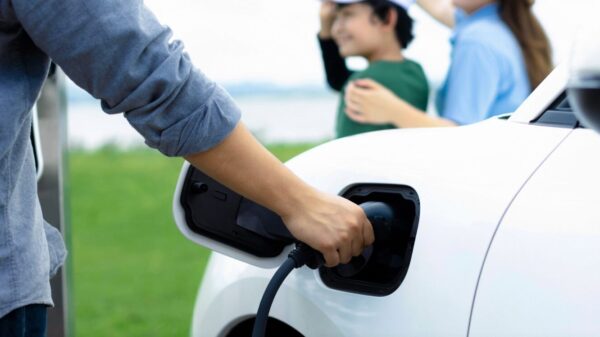Health Canada issued a warning on Friday about the misuse of lithium-ion batteries in E-Mobility like e-bikes and e-scooters to help educate Canadians on proper use and handling.
According to the Consumer Products Safety Commission (CPSC), between Jan. 1, 2021, and Nov. 28, 2022, at least 208 incidents of e-mobility device fires or overheating were reported across 39 states in the United States. Tragically, these incidents led to the loss of 19 lives involving electronic scooters, bikes, and hoverboards.
Lithium-ion batteries are commonly used in e-mobility devices, including electronic bicycles and scooters. They are also present in a wide range of products such as power tools, toys, personal electronics, vaping devices, and power banks.
Compared to other battery types, lithium-ion batteries are more susceptible to damage and can pose hazards under certain conditions due to their inherent instability.
The lithium-ion batteries used in e-mobility devices are larger and more potent compared to those found in smaller products. Consequently, incidents involving these batteries can have more severe consequences, often resulting in a phenomenon known as “thermal runaway.”
Thermal runaway transpires when excessive heat accumulates within the battery due to factors such as damage, malfunction, or improper use. This heightened heat, combined with the highly flammable contents of the lithium-ion battery, can give rise to explosions or fires that are exceptionally challenging to extinguish.
Read more: GM Ventures invests in Nanoramic to boost efficiency of EV batteries
Read more: Oregon State University team makes battery efficiency breakthrough
Stop charging batteries once they’re full: Health Canada
Health Canada recommends the following precautions to ensure the safe use of e-mobility devices. First and foremost, owners are advised against attempting any modifications or homemade construction of lithium-ion batteries. It is crucial to exclusively employ the original lithium-ion batteries that were provided with the e-bike or e-scooter. In the event that battery replacement becomes necessary, it is imperative to utilize original parts obtained directly from the manufacturer.
Additionally, Health Canada stresses the importance of ceasing the charging process once the lithium-ion batteries reach full capacity. Moreover, charging and storing these batteries should be done in areas free from potential fire hazards, such as pillows, beds, or couches.
Lastly, individuals are encouraged to consult their local municipality for proper instructions regarding the safe disposal of lithium-ion batteries. These batteries are classified as hazardous waste and should not be discarded in regular household garbage. In case an incident occurs with an aftermarket lithium-ion battery, Health Canada requests that it be promptly reported to them for appropriate action.
Health Canada and Transport Canada are collaborating on addressing this matter. While Transport Canada oversees certain e-mobility devices, Health Canada regulates specific lithium-ion batteries based on their application in various products.
Follow Joseph Morton on Twitter
joseph@mugglehead.com














